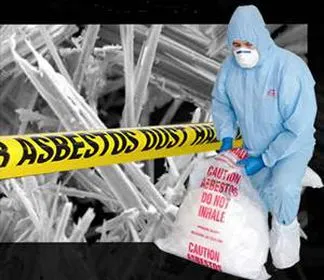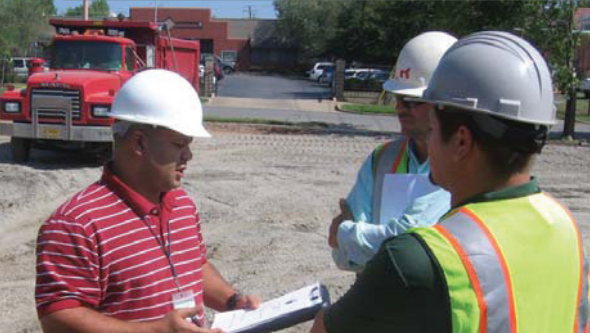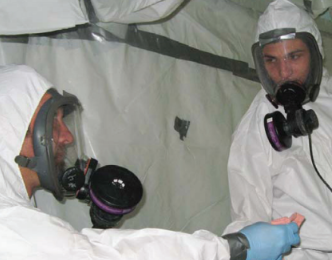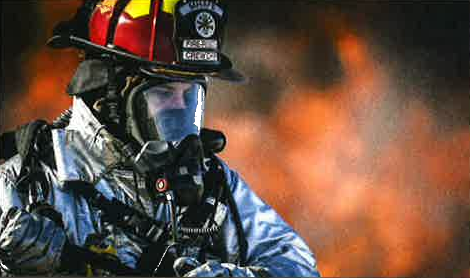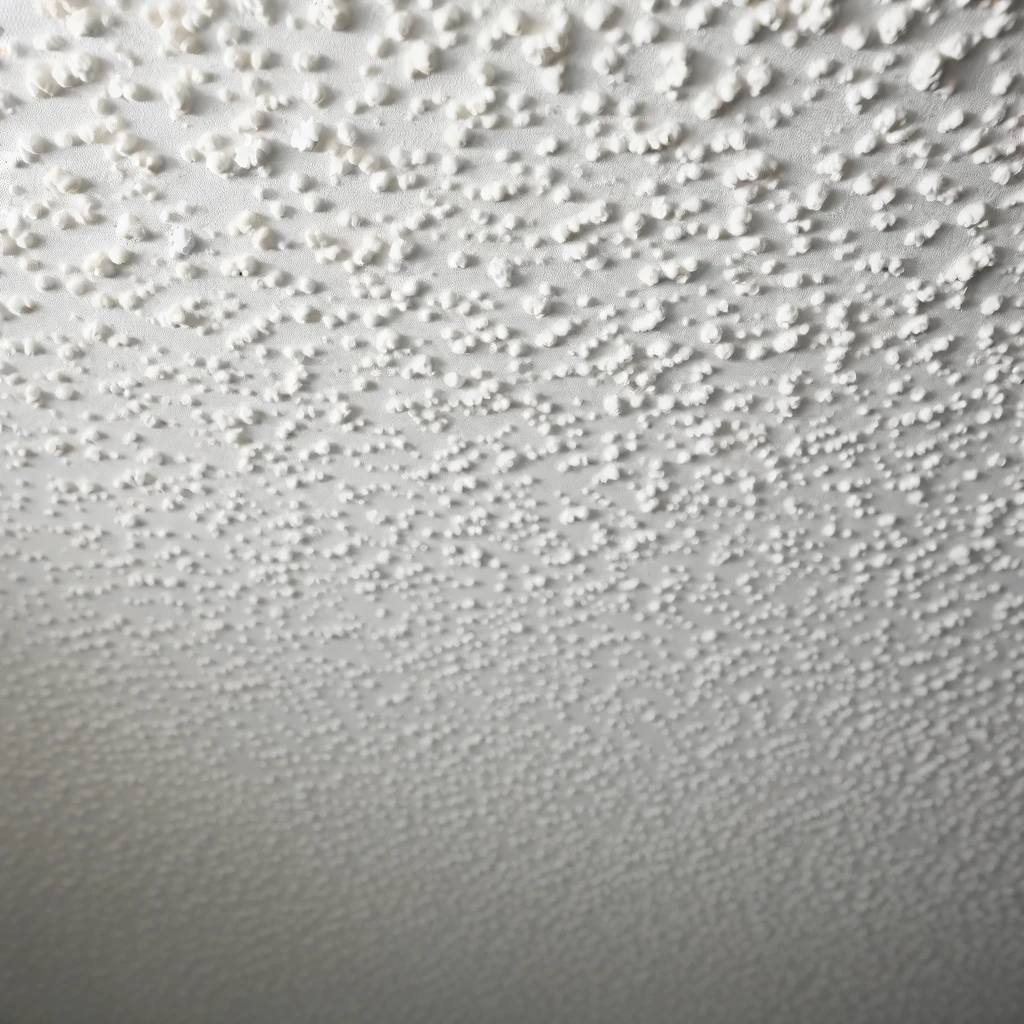
Identification and assessment
A fiber cannot be identified or ruled out as asbestos, either using the naked eye or by simply looking at a fiber under a regular microscope. The most common methods of identifying asbestos fibers are by using polarized light microscopy (PLM) or transmission electron microscopy (TEM). PLM is less expensive, but TEM is more precise and can be used at lower concentrations of asbestos.
NWA Mold Inspector takes samples and sends them to a certified asbestos testing laboratory to be inspected for any present asbestos content. An asbestos survey will describe the condition and location of ACM if present.
If asbestos abatement is performed, completion of the abatement is verified using visual confirmation and may also involve air sampling. Air samples are typically analyzed using phase contrast microscopy (PCM). PCM involves counting fibers on a filter using a microscope, and is the standard for airborne occupational exposure limits for asbestos.


